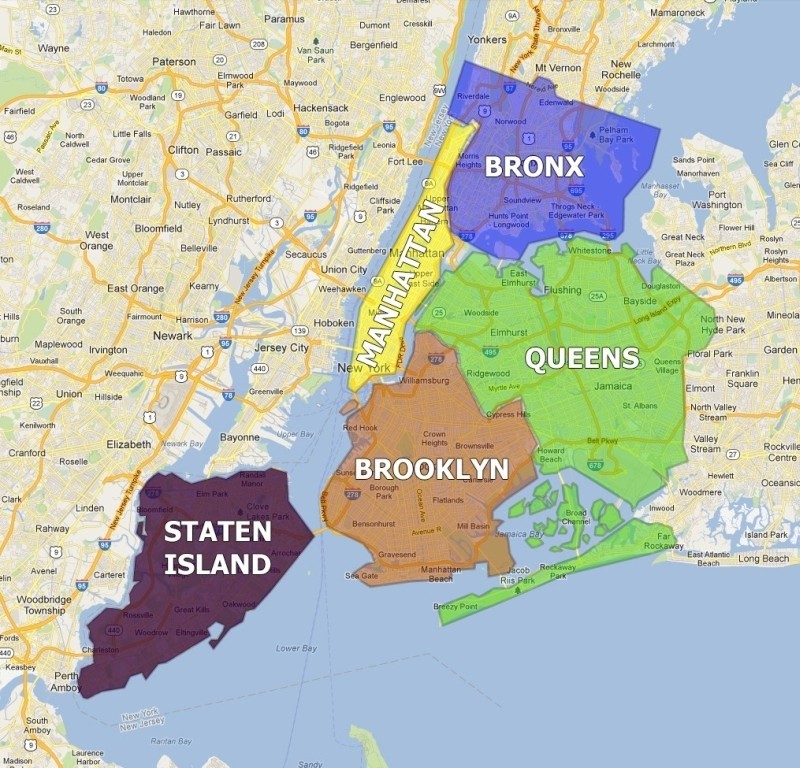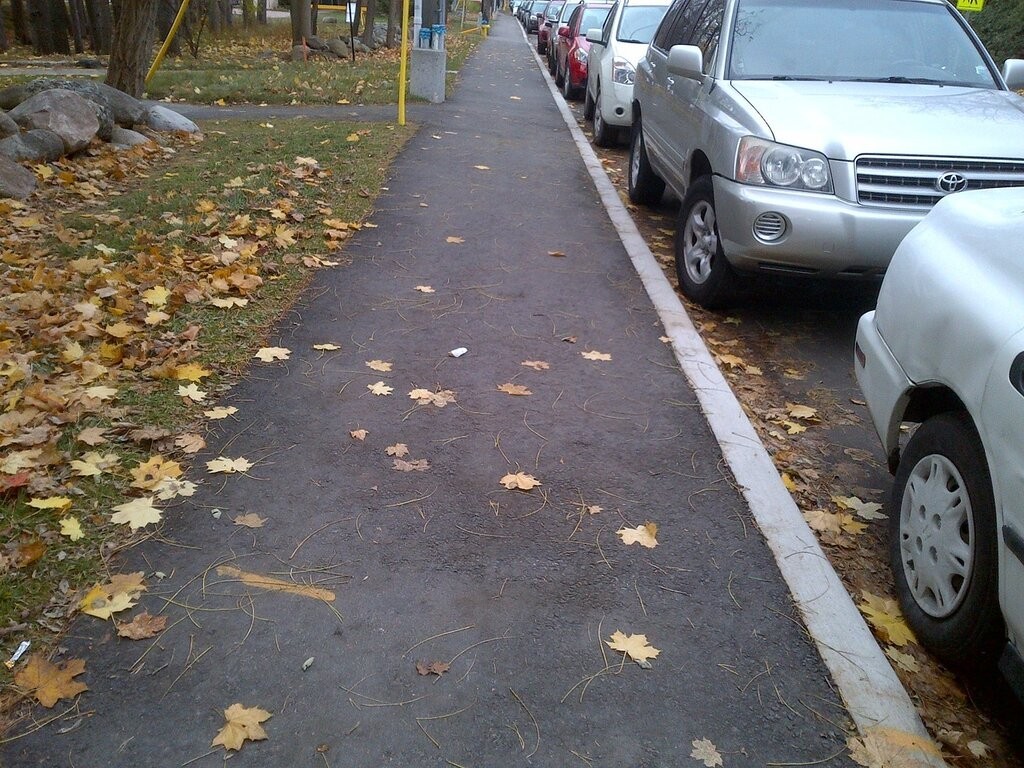
A guide to colored borders in New York
Content
New York City Parking Laws: Understanding the Basics
If you are a licensed driver in New York State, you are likely to be familiar with the various highway laws. You know the speed limits and know how to properly overtake vehicles on the highway. However, did you know that no less attention should be paid to where you park your car. If you park in the wrong place, you will get a ticket and a fine. In some cases, you may even have your car towed. Instead of paying a fine and possibly even having your car impounded, you should learn some of the most important parking rules in New York City.
Understand the types of parking
The term "parking" can actually mean three different things, and in New York it's important to be aware of each of them. If you see a sign that says No Parking, it means that you can only make temporary stops to pick up or unload passengers and goods. If the sign says "Do not stand", it means that you can only make a temporary stop to pick up or drop off passengers. If the sign says "No Stopping", it means that you can only stop to obey traffic lights, signs or policemen, or to make sure you don't get in an accident with another vehicle.
Parking, standing or stopping rules
You are not allowed to park, stand or stop less than 15 feet from a fire hydrant unless a licensed driver stays with the vehicle. This is done so that they can move the vehicle in case of an emergency. You are not allowed to park your car twice, even if you are sure that you will only be there for a few minutes. It's still dangerous and it's still illegal.
You may not park, stand, or stop on sidewalks, crosswalks, or intersections unless there are parking meters or signs that allow it. Do not park on railroad tracks or within 30 feet of a pedestrian safety zone unless signs indicate a different distance. You are also not allowed to park on the bridge or in the tunnel.
In addition, you may not park, stop or stand near or on the opposite side of the street from roadworks or construction or anything else that interferes with part of the road if your vehicle then blocks traffic.
You are not allowed to park or stand in front of the driveway. You must be at least 20 feet from a crosswalk at an intersection and 30 feet from a yield sign, stop sign, or traffic light. You must be at least 20 feet from the entrance to the fire station when parking on the same side of the road and 75 feet when parking on the opposite side of the road. You may not park or stand in front of a lowered curb, and you may not park your vehicle within 50 feet of a railroad crossing.
Always keep an eye out for signs indicating where you can and cannot park to avoid potential fines.

